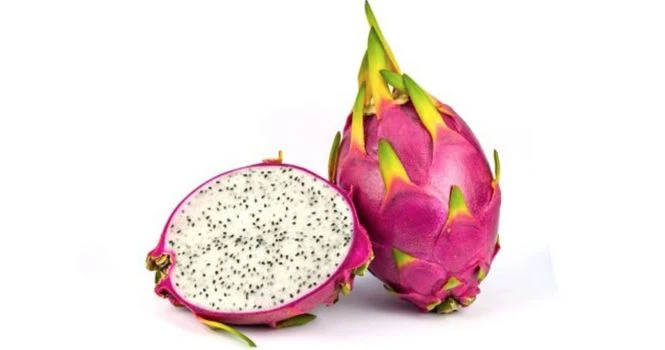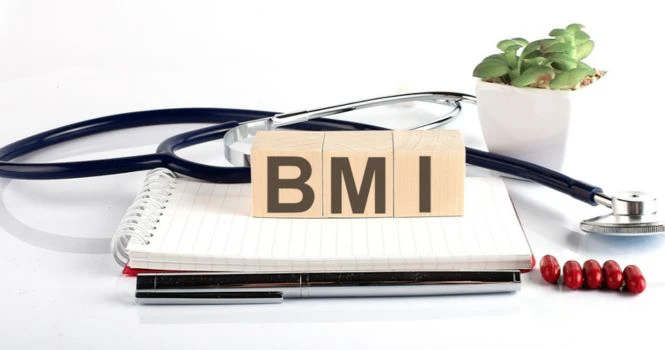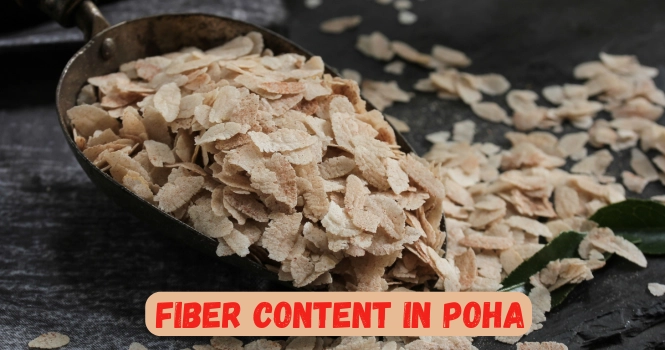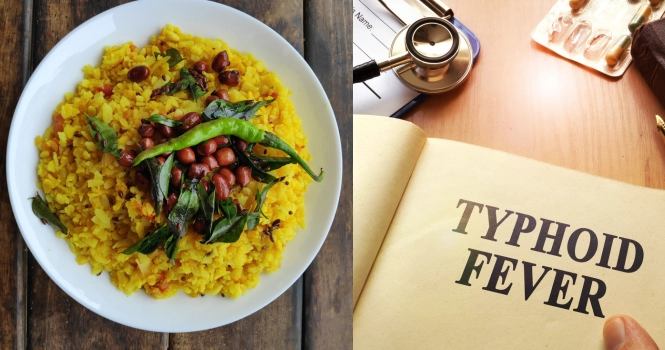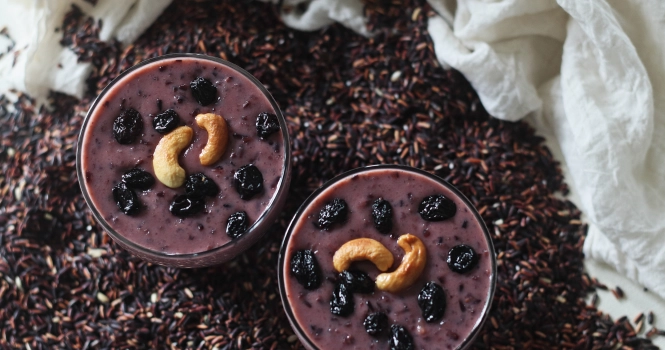Exploring the Benefits of Parboiled Rice for Diabetics
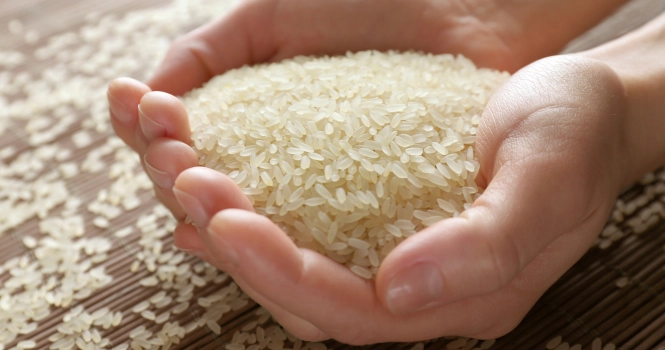
For individuals managing diabetes, choosing the right type of rice is crucial due to its impact on blood sugar levels. Parboiled rice, often considered a healthier alternative to white rice, has unique properties that might make it a suitable option for those with diabetes.
What is Parboiled Rice?
Parboiled rice, also known as converted rice, is a type of rice that has been partially precooked in its husk before milling. This unique processing method not only alters the texture and cooking properties of the rice but also enhances its nutritional profile.
An in-depth look at parboiled rice and its characteristics:
Processing Steps:
Soaking: The rice grains are soaked in warm water, which begins to soften the tough outer husk.
Steaming: The soaked rice is then subjected to steaming under pressure. This process forces the nutrients from the bran (the outer layer) into the endosperm (the inner part of the grain), which is the part that’s consumed.
Drying: After steaming, the rice is dried to reduce its moisture content and make it easier to mill.
Milling: The dried rice is milled to remove the husk, bran, and germ, resulting in rice that is less sticky and more separate than regular white rice.
Nutritional Benefits
- Lower Glycemic Index (GI): Parboiled rice has a lower GI compared to white rice, meaning it causes a slower rise in blood glucose levels. This is beneficial for diabetics who need to manage post-meal blood sugar spikes.
- Higher Nutrient Content: The parboiling process helps retain more nutrients, including B vitamins, minerals like magnesium and phosphorus, and dietary fiber, which are essential for overall health.
- Improved Fiber Content: Parboiled rice contains slightly more dietary fiber than white rice, contributing to better digestive health and providing a feeling of fullness, which can aid in weight management.
Is Parboiled Rice Suitable for Diabetics?
Given its lower GI and enhanced nutritional profile, parboiled rice can be a more suitable option for diabetics compared to regular white rice.
The slower absorption of carbohydrates helps in maintaining more stable blood sugar levels, reducing the risk of sudden spikes that can be detrimental to diabetic individuals.
Considerations for Including Parboiled Rice in a Diabetic Diet
- Portion Control: Despite its benefits, it’s crucial to practice portion control with parboiled rice, as overconsumption can still lead to increased blood sugar levels.
- Balanced Meals: Combine parboiled rice with sources of lean protein, healthy fats, and plenty of non-starchy vegetables to create balanced meals that further mitigate the impact on blood sugar levels. For a detailed view on the calorie impact of popular Indian snacks, don’t miss our breakdown of a single kachori in Unveiling the Caloric Content of a Single Kachori.
- Regular Monitoring: Individuals with diabetes should regularly monitor their blood sugar levels to understand how different foods, including parboiled rice, affect their condition.
Alternatives to Parboiled Rice
While parboiled rice can be a better choice than white rice for diabetics, exploring other low-GI grains and rice alternatives can also diversify and enrich the diet.
Options like brown rice, quinoa, bulgur, and barley offer variety and additional nutritional benefits while being friendly to blood sugar levels.
Parboiled rice presents a viable option for individuals with diabetes seeking to enjoy rice as part of their diet without significantly impacting their blood sugar levels.
Its lower GI, combined with a higher nutrient and fiber content, makes it a healthier alternative to white rice. However, portion control and meal balance remain key for maintaining optimal blood sugar control.
As with any dietary changes, consulting with a healthcare provider or a dietitian is advisable to tailor food choices to individual health needs and conditions.



